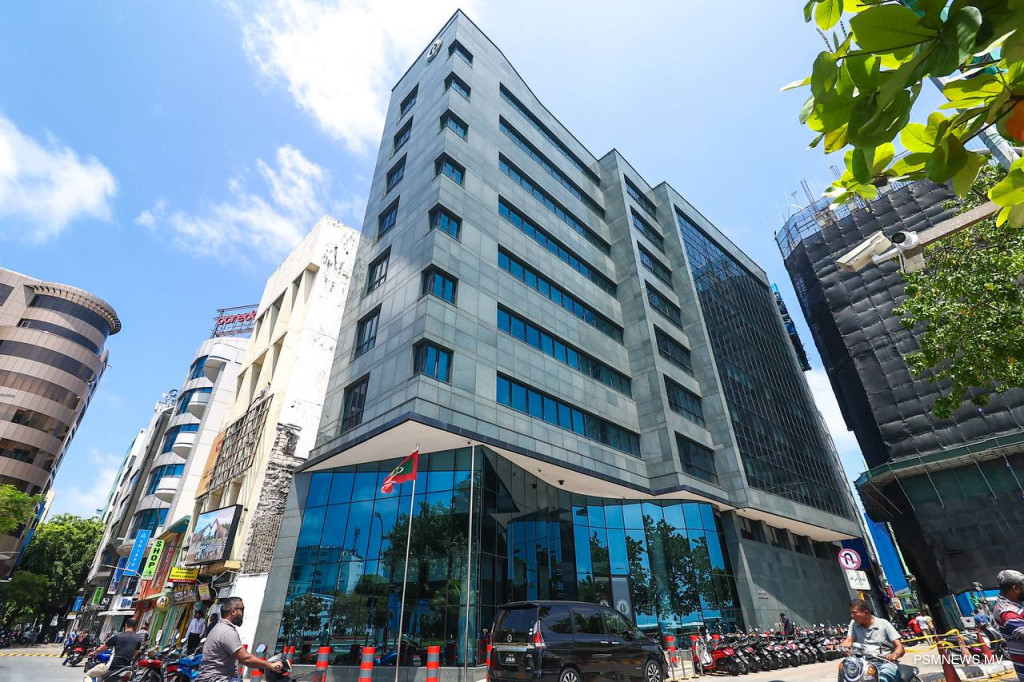
The Maldives’ foreign reserves rose sharply in September, according to new figures from the Maldives Monetary Authority (MMA), even as the country’s short-term obligations continued to mount, complicating the outlook for liquidity.
The official reserve stood at USD 859.46 million at the end of September, up from USD 810.05 million in August. The increase of nearly USD 50 million represented a 6 percent month-on-month gain, underscoring a significant expansion in the nation’s financial buffer.
That expansion, however, coincided with a rise in short-term foreign currency liabilities, according to the central bank. These obligations, due within a year or less, reached USD 781.75 million in September, compared with USD 738.63 million a month earlier.
Alongside the official reserve, the central bank reported securities investments and other foreign currency assets not included in the reserve, which totalled USD 116.64 million at the end of September.
When those assets are combined with the official reserve and adjusted for short-term obligations, the usable reserve, the portion available for immediate use, stood at USD 194.35 million. That figure marked a modest improvement from USD 188.64 million in August, a 3 percent increase. Although higher liabilities weighed on the calculation, the data confirmed a net rise.

The government of President Dr Mohamed Muizzu has made strengthening reserves a priority. Under the new Foreign Currency Act, the central bank is deploying 60 percent of US dollars received by banks to reinforce the reserve.
The authority attributed the gains to stronger foreign currency inflows from tourism and a USD 400 million currency swap with the Reserve Bank of India under the SAARC Framework. MMA officials confirmed their intention to fully utilise the swap arrangement.
The emphasis on reserve growth comes as the Maldives prepares for its largest debt repayments, scheduled for this year and next. A stronger reserve position, the central bank said, is critical to easing the burden of these obligations, particularly with substantial repayments due in the coming year.
